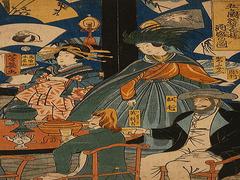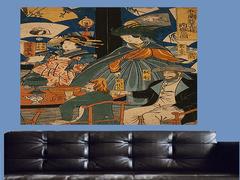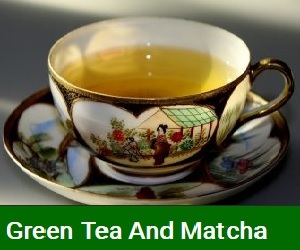While ukiyo-e is undoubtedly the most famous genre of Japanese woodblock art, it represents just one facet of the rich and multifaceted world of woodblock printing in Japan. From religious texts to landscape prints, and from folk art to contemporary reinterpretations, Japanese woodblock art encompasses a wide range of styles, themes, and techniques. This article ventures beyond ukiyo-e to explore the diverse landscape of Japanese woodblock art and shed light on lesser-known but equally captivating aspects of this artistic tradition.
Religious and Devotional Prints
Long before the emergence of ukiyo-e, woodblock printing was employed to reproduce Buddhist sutras and religious texts. These early woodblock prints often featured intricate mandalas, deity images, and teachings of Buddhism. The combination of meticulous carving and spiritual subject matter gave rise to prints that were not only objects of reverence but also masterpieces of artistic craftsmanship.
Landscape and Nature Prints
While ukiyo-e is famous for its urban scenes and bustling city life, other artists focused on capturing the breathtaking beauty of Japan's natural landscapes. These prints depicted serene gardens, majestic mountains, tranquil rivers, and seasonal changes, embodying a profound connection between human existence and the natural world. These landscape prints offered a contemplative contrast to the vibrancy of ukiyo-e.
Folk Art and Everyday Life
Woodblock art was also accessible to commoners, leading to the creation of folk art prints that celebrated daily life, festivals, and rural scenes. These prints captured the essence of the everyday, portraying farmers, artisans, and people engaged in various trades. This genre of woodblock art provided a window into the lives of ordinary people, bridging the gap between high art and the realities of society.
Shin Hanga and Sōsaku Hanga Movements
In the early 20th century, two distinct movements revitalized woodblock art: Shin Hanga (New Print) and Sōsaku Hanga (Creative Print). The Shin Hanga artists sought to revive traditional techniques while infusing their works with modern aesthetics. The Sōsaku Hanga artists, on the other hand, embraced individualism and self-expression, carving their own blocks and printing their own designs. These movements breathed new life into woodblock art and expanded its boundaries.
Contemporary Resurgence
Even in the digital age, the allure of woodblock printing persists. Contemporary artists continue to explore and experiment with this traditional medium, merging it with modern concepts and techniques. By pushing the boundaries of what is possible with wood, ink, and paper, these artists keep the spirit of woodblock art alive while adding fresh perspectives to its rich legacy.
Preserving Tradition and Innovating for the Future
The beauty of Japanese woodblock art lies in its ability to evolve while retaining its core essence. Whether rooted in centuries-old traditions or branching out into innovative territory, woodblock art showcases the dynamic interplay between tradition and innovation. As museums and galleries worldwide continue to showcase these prints, a bridge is built between the past and the present, allowing audiences to appreciate the continuum of artistic expression.
Conclusion
Beyond the familiar realm of ukiyo-e, the world of Japanese woodblock art is a tapestry woven with threads of spirituality, nature, daily life, and contemporary ingenuity. Each facet of this art form reflects the cultural currents and individual aspirations of its time, creating a collective narrative that spans centuries. Exploring the diverse landscape of Japanese woodblock art is to embark on a journey through history, aesthetics, and the enduring power of human creativity.
- Beyond Ukiyo-e: The Diverse Landscape of Japanese Woodblock Art
- Evolution of Japanese Woodblock Printing: Tracing the Roots of an Artistic Tradition
- From Edo to the World: How Japanese Woodblock Prints Shaped Western Art and Culture
- Japanese Woodblock History
- Masters of the Blade and Block: The Collaborative Artistry of Samurai and Woodblock Printmakers
- Resilience and Reinvention: Japanese Woodblock Printing in the Face of Modernization
- Techniques and Traditions: Unraveling the Intricacies of Japanese Woodblock Printmaking
- The Influence of Nature in Japanese Woodblock Prints: Depicting Seasons and Symbolism
- The Societal Mirror: Reflecting Daily Life in Edo Period Woodblock Prints
- The Woodblock Artisans of Edo: Masters of Craftsmanship and Creativity
- Ukiyo-e Renaissance: Exploring the Golden Age of Japanese Woodblock Prints




